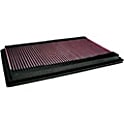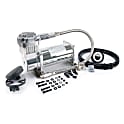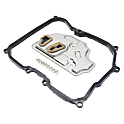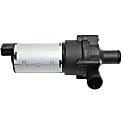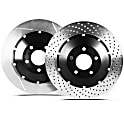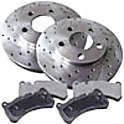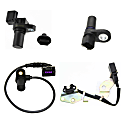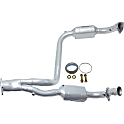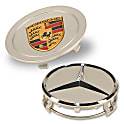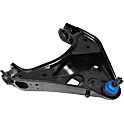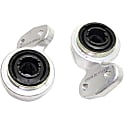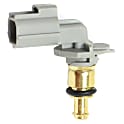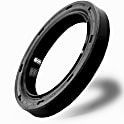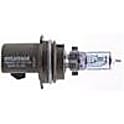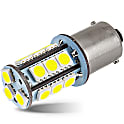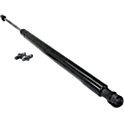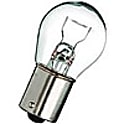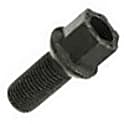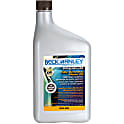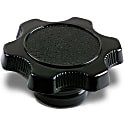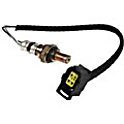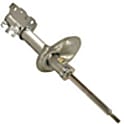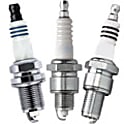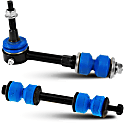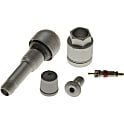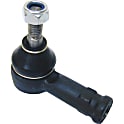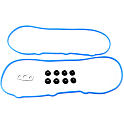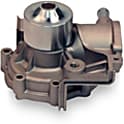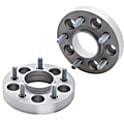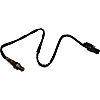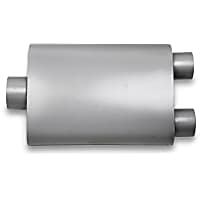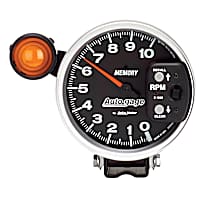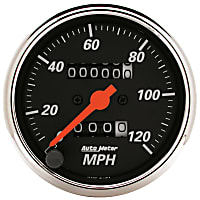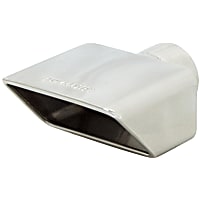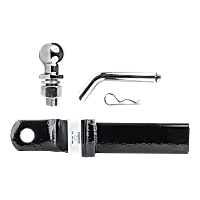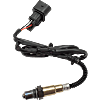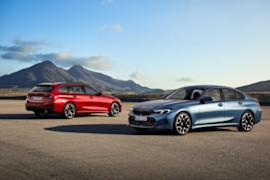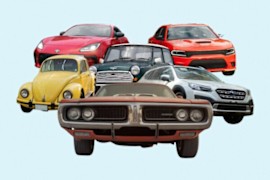{
"lazyNodes": false,
"abFitnotesFlag": false,
"abCrawlReviews": false,
"productOptionsCookie": false,
"orderDelayFlag": false,
"skipSessionCookie": false,
"covidMessage": false,
"fullTitleCookie": false,
"nrLoggerCookie": false,
"checkoutReviewCookie": false,
"productOptionSeqCookie": false,
"maintenanceFlag": false,
"bufferETACookie": false,
"multiShippingDiscountFlag": false,
"newFitmentFlag": false,
"surveyOptInFlag": false,
"crossSellFlag": false,
"skuMappingFlag": false,
"paySplitCookie": false,
"callDisableFlag": false,
"zipPaymentFlag": "u",
"hassleFreeReturn": false,
"lifetimeReplacement": false,
"cpn_off": false
}Need Help? Call Us1-866-529-0412

Volkswagen Phaeton Parts & Accessories
Find the right parts faster- Home
- Volkswagen
- Phaeton
Select your vehicle
Select Your Vehicle Part
Top Rated Products
Popular Products
Product Questions & Answers
Q:Will this fit my audi q7 4.2, specs are the same except for the part numbers? Show Less
Ace2fele
A:BEST ANSWERHi Esera, I'm glad to assist you. Yes, this is a guaranteed fit for your 2006 Audi Q7 4.2L. This is for the front/upstream location oxygen sensor direct fit. Take advantage of our lowest price offer. Click the link below to order today. I hope this helps. Happy shopping.
https://www.carparts.com/oxygen-sensor/drivewire/repv960913?can=CPJE1043 Show less
Jeonino E.
1 Question, 1 AnswerView all Q&As >
Q:Where is it located on a 2001 Passat ?
Rick M.
A:BEST ANSWERHi Rick, thank you for reaching out. The oil level sensor of the 2001 Volkswagen Passat is inside the oil pan. You can use this link to continue ordering the part at a discounted price today: https://www.carparts.com/oil-level-sensor/replacement/repv314801?can=CPAP3648_CSQA_20230409
I hope this helps. Happy shopping. Show less
Aldrin P.
3 Questions, 1 AnswerView all Q&As >
Q:Does this part fit my 2008 vw beetle hatchback S?
Carl C.
A:BEST ANSWERHi Carl, thank you for reaching out! I am happy to confirm that this fits your vehicle. Click the link below to order the part while stocks last. Have a great day!
https://www.carparts.com/mass-air-flow-sensor/drivewire/repv316715?can=cpab2020_csqa_20240516 Show less
Andrew B.
4 Questions, 1 AnswerView all Q&As >
Shopping for Volkswagen Phaeton Parts
Six Cool Facts about the Volkswagen Phaeton
- The Phaeton is built on Volkswagen’s transparent factory—an architectural masterpiece that looks less like an automotive assembly line but rather more like a contemporary museum. Situated in Dresden, Germany, this transparent factory is made up of 300,000 square feet of glass and is one of the most beautiful and functional production areas in the industry. It produces 44 Phaetons per day for the Chinese, German, and South Korean markets.
- The development of Volkswagen Phaeton paved the way to more than 100 independent patents that are specific to Phaeton. Among such features are the standard Torsen-based 4motion four-wheel drive, draftless four-zone climate system, and adaptive air suspension with continuous damping control for superior ride comfort.
- Before every Phaeton meets its owner, it goes through a tunnel of light, where the vehicle’s fit and finish are meticulously inspected for even the minutest of flaws. The tunnel has various sections simulating various types of lighting to be sure that any flaw will be spotted.
- The Volkswagen Phaeton takes pride in being the first Volkswagen to be fitted with radar adaptive cruise control called automatic distance regulator ADR. This is an optional cruise control system that adjusts automatically to the speed of the vehicle so that safe distance from the vehicles ahead is maintained. This feature doesn’t involve the use of satellite or roadside infrastructure but is solely reliant on the information coming from on-board sensors.
- The Phaeton was developed in response to Mercedes’ decision to directly compete with Volkswagen in the European market. Prior to the production of the Phaeton, Volkswagen’s boss, Ferdinand Piech, gave the team a list of ten characteristics the vehicle should possess. The list, according to some, reveals that Piech wants something that’s far better than MB’s S-Class.
- The Volkswagen Phaeton was named after the son of the Greek sun god Helios. The Phaeton name means Shining One. It was also the name given to a type of late 19th-century carriage to remember Phaeton’s disastrous attempt to drive the chariot of the sun, which nearly set the earth on fire. To prevent such disaster, it was believed Zeus killed Phaeton with a thunderbolt.
Helpful Automotive Resources
German Cars That Are Worth Every PennyDrivers from around the world have their favorite picks, and most of their choices are affected by their preferences regarding the vehicle’s origin.
What Your Favorite Car Says About YouHow often have you stopped at a red light and imagined what type of person was behind the wheel based solely on the vehicle they were driving? While these personality types may or may not apply in real life, guessing which drivers are drawn to certain vehicle models can be
Tips for Buying a Used Beetle and Issues to Watch Out forAlthough the model has been discontinued, the Beetle is still considered popular and iconic by car aficionados worldwide. Unfortunately, this means they’re hard to get. More often than not, drivers interested in getting a Beetle will have to buy it pre-loved.



